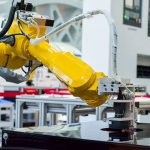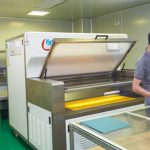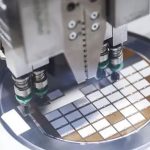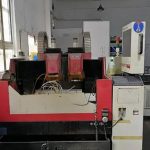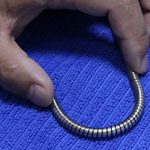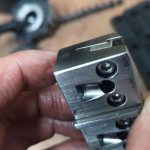Deprecated: get_settings is deprecated since version 2.1.0! Use get_option() instead. in /www/sites/alloy.wiki/index/wp-includes/functions.php on line 4862
According to a recent report on the American Daily Science website, American researchers wrote in the journal Science that they used the “free-form reversible embedding of suspended hydrogel” (FRESH) technology to successfully 3D print collagen and work normally. This breakthrough technology is a step closer to 3D printing a full-size adult heart.
All human organs, including the heart, are built on biological scaffolds called extracellular matrix (ECM). In the past, scientists tried to print ECM, but they have been restricted by the low degree of tissue reduction and fineness.
Collagen exists in all tissues of the human body and is a very ideal 3D printing biomaterial. But it was liquid at first, and in the process of trying 3D printing, it will turn into a jelly-like jelly.
Researchers have developed FRESH technology to prevent its deformation. FRESH allows collagen to be layered in the gel support tank, and then the support tank is melted by heating from room temperature to body temperature to obtain a complete structure. The fineness of these structures can reach 20 microns and can be embedded in living cells and capillaries. With this method, human heart components of various scales from capillaries to entire organs can be designed and printed.
The study found that the FRESH 3D bioprinted heart accurately reproduced the patient-specific anatomy determined by micro-computer tomography. The printed ventricles of human cardiomyocytes showed synchronized contraction, directional action potential propagation, and wall thickening of up to 14% during peak contraction.
The researchers also said that the structure created by the new technology can “greatly improve cell viability” and promote the formation of new blood vessels. In the long run, this technology may be used to print hearts or other organs in the future-millions of people around the world need heart transplants.
Of course, there are many challenges in achieving this goal, including: generating the billions of cells required for bioprinting large tissues; complying with regulatory procedures for testing on animals and ultimately humans.
Link to this article:3D printed human heart tissue that can work normally
Reprint Statement: If there are no special instructions, all articles on this site are original. Please indicate the source for reprinting:Alloy Wiki,thanks!^^


